“Best Linux Distros For Laptop” is a very specific query that is confusing and has lots of answers depending on various choices from person to person. Once, my friend asked me which ice cream flavor I liked most. As I like ice cream and don’t bother with any specific flavor, it was really difficult for me to give a proper answer to that question. The best Linux distros for a laptop are just like this one.
There are lots of best options available in the market depending on various usage aspects and choices of the individual user. Some like a colorful and fancy desktop environment, while others want a simple interface and reserve the resources for other productive tasks. Some will play high-graphic games, while others may want to use them for design purposes, etc. So, at last, the question may come: How to choose the right and best Linux distros for a laptop?
Best Linux Distros For Laptops
Whatever the purpose of using Linux OS or a laptop, the basic needs remain the same. Everyone does common tasks on a laptop, like using Office Suite, enjoying movies and music, managing personal files, etc.
So here I will be sharing some of the best Linux distros for laptops based on performing all those above tasks for common users so that the basic and advanced tasks if needed, can be done by both newbies and professionals without any hassle.
5. Zorin OS
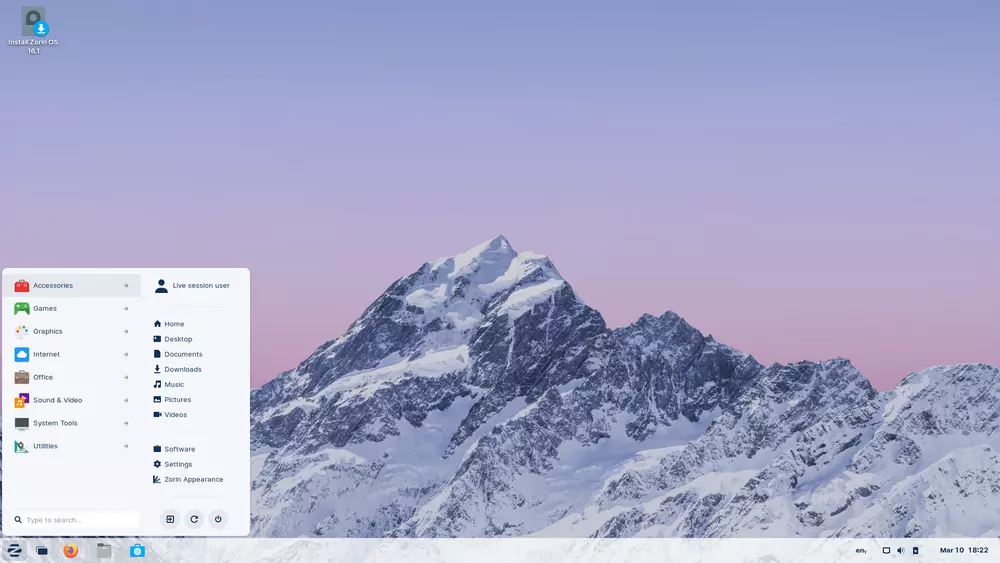
Zorin Linux OS is a Ubuntu-based distro that provides a Windows OS-like graphical user interface for newcomers. It also lets the user install Windows programs through a special application environment, WineHQ, and PlayOnLinux. Basically, the main motto of Zorin OS is to offer a hassle-free and user-friendly OS alternative to Windows OS.
Main Features
- It comes with two desktop variations, Gnome and LXDE, and is one of the Lightest Linux desktop environments.
- Best fitted for newcomers as an alternative to Windows OS.
- Zorin OS is based on Ubuntu, so it is compatible with all the libraries and repositories of the Ubuntu channel.
- This Linux distro always focuses on and releases stable and long-term support distro with cutting-edge software features.
- It provides a theme changer that is used to change the desktop environment, change the window color, change the icon, etc.
- It offers an easy and intuitive graphical installation process for all the users.
Minimum System Requirement
- 1 GHz x86 processor
- 10 GB of Hard Drive space
- 512 MB of system memory (RAM)
- Graphics card capable of 640×480 resolution
4. Deepin Linux
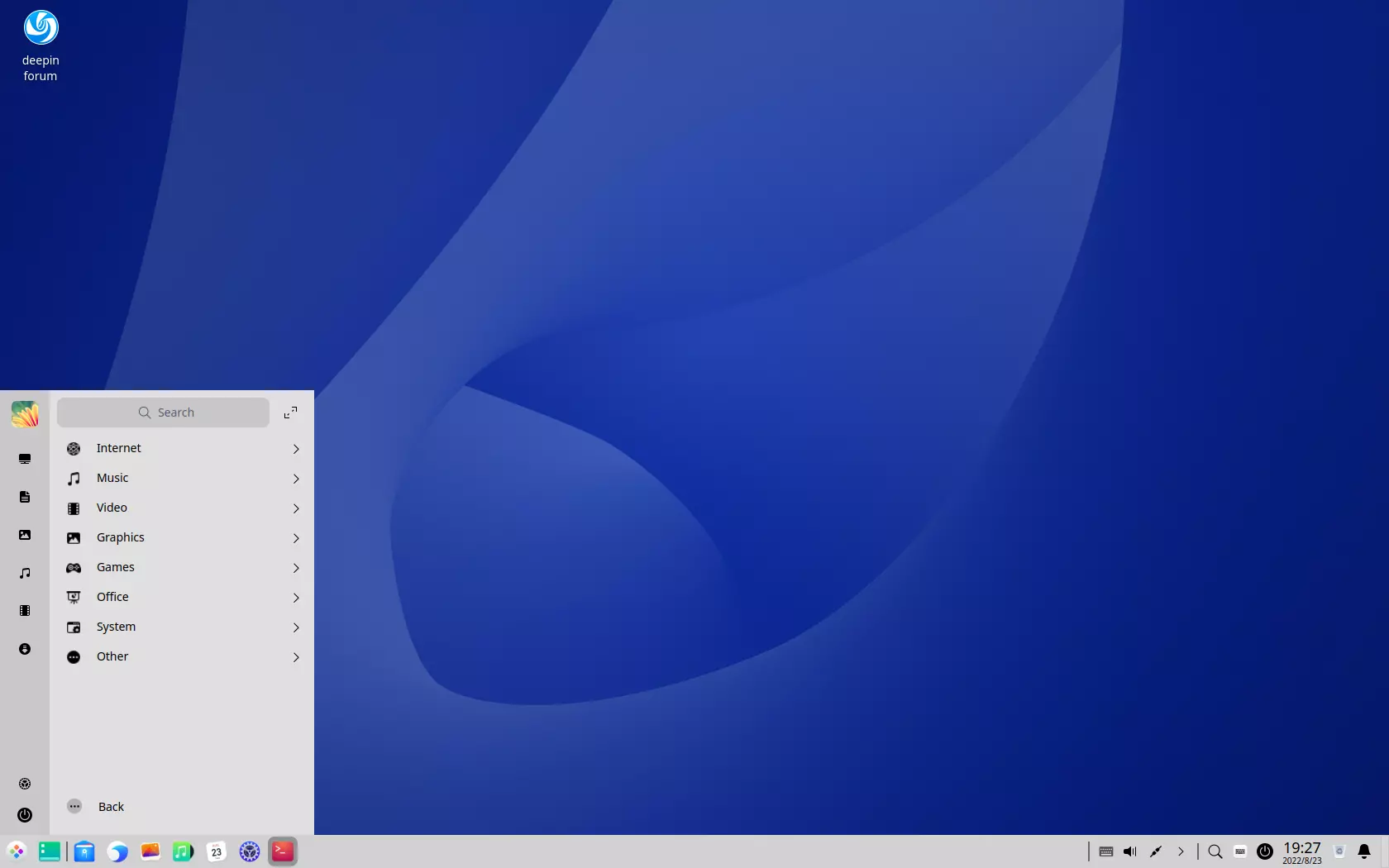
Deepin is a Debian-based Linux distro that offers a user-friendly, stable, and elegant OS for the laptop. It uses DDE – a deepin desktop environment, which is based on the QT 5 toolkit. Deepin created its desktop environment from scratch for the average user and provided an intuitive design.
It comes with some amazing and useful home-made applications, including Deepin Software Center, DMusic, DPlayer, etc. As the installation process of deepin is too easy and straightforward, it can be a good alternative to Windows system on a laptop or computer.
Main Features
- It comes with a very lightweight and home-designed intuitive desktop environment – DDE.
- It is very easy to install and offers a simple interface for common users.
- Supports all the repositories and libraries from the Debian channel as it’s based on the Debian System.
- It is a good alternative to the Windows system and can be used on an old machine, the latest laptops, or computers for home users.
- It offers some home design and a stunning and elegant software set that is pre-installed.
Minimum System Requirement
- Intel Pentium IV 2.0GHz (Intel Core 2 Duo)
- 512MB RAM (1GB RAM)
- 5GB Hard Disk space (20GB Hard Disk space)
3. Lubuntu
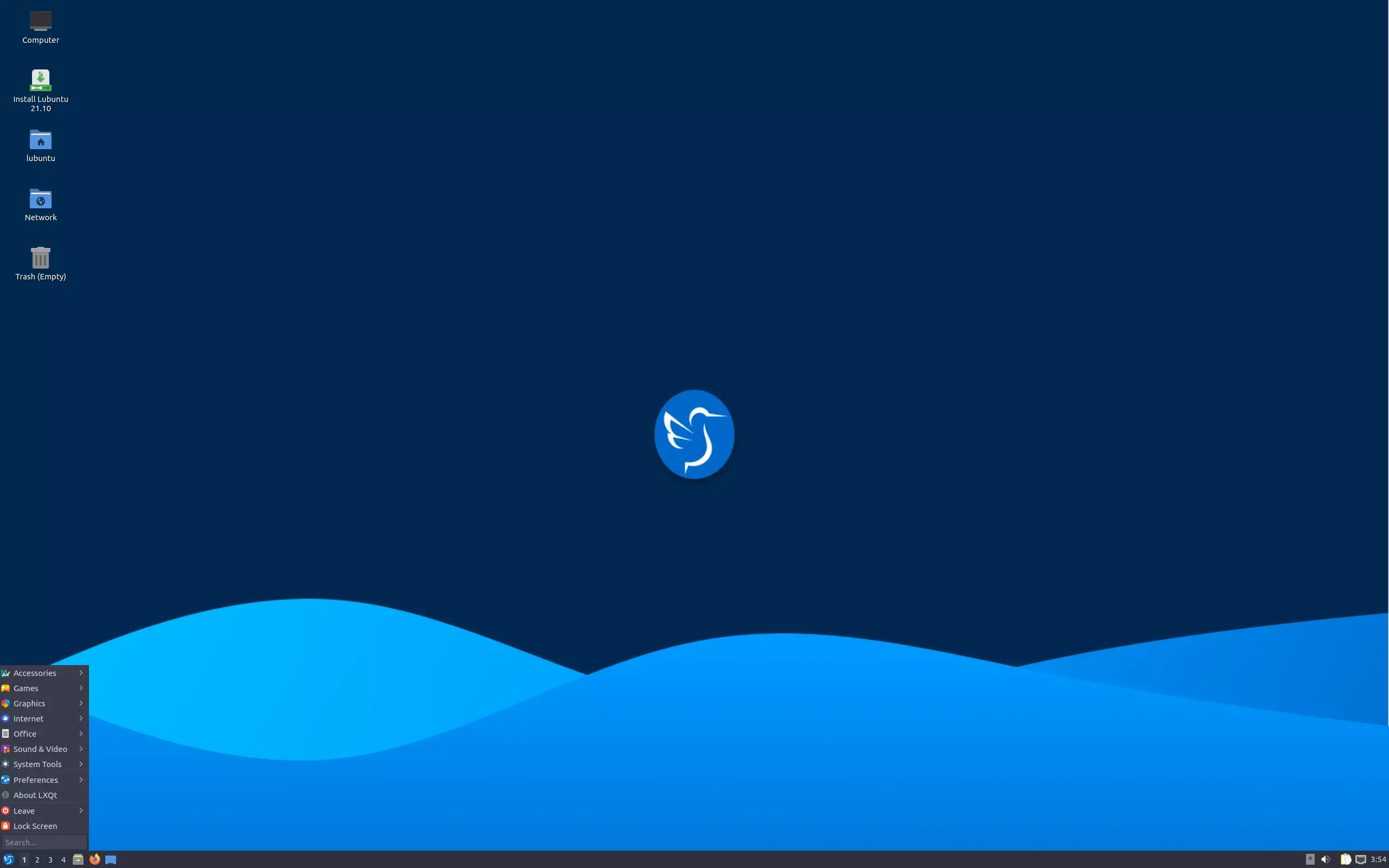
Lubuntu Linux distro is suitable for those who do not want to compromise with their favorite software but want to use a less resource-hogging distro for laptops and mobile devices. Lubuntu is basically designed for old netbooks and computers, and it has an LXDE desktop environment that offers fast performance and energy efficiency.
Main Features
- It is the perfect lightweight Linux distro for netbooks, mobile devices, and older machines.
- Comes with a full set of important software and tools like Office, internet tools, multimedia players, graphics apps, etc.
- It offers less resource-intensive software and the best alternative whenever possible.
- It supports Ubuntu software repositories and libraries, which give access to thousands of additional packages that can be installed through graphical software management tools.
- It is merged with Razor-qt and is being developed as LXQt.
Minimum System Requirement
- Pentium II or Celeron CPU with PAE support
- 128MB of RAM
- 2GB of hard-drive
2. Linux Mint Cinnamon
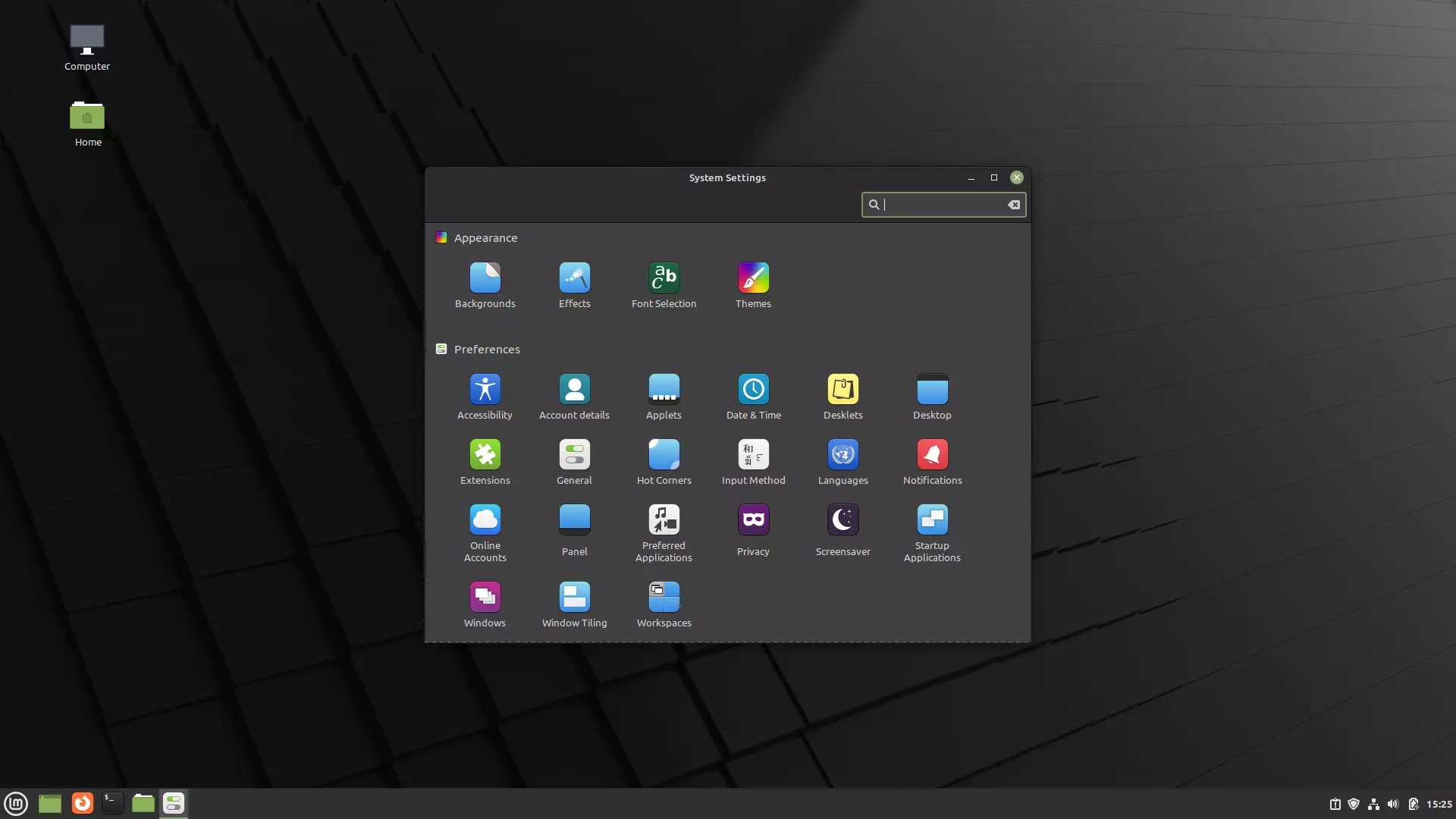
Linux Mint Cinnamon is one of the perfect and best-fitted user-friendly Ubuntu-based Linux distros available out there. This Linux distro is suitable for those who come from Windows OS. The main motto of Linux Mint is “From freedom came elegance,” which provides a stable, powerful, easy-to-use, and complete out-of-the-box experience.
Main Features
- Linux Mint Cinnamon is a Ubuntu-based Linux distro so that it will be fully compatible with Ubuntu software repositories.
- It comes with a fully loaded system, including browser plugins, media codecs, support for DVD playback, Java, and other components.
- Its installation process is super easy for any newbies to go ahead.
- If you like Mac OS, you must go for the Linux Mint Cinnamon desktop environment, which is super stable and looks elegant.
Minimum System Requirement
- 512MB RAM (1GB recommended for comfortable usage).
- 9GB of disk space (20GB recommended).
- Graphics card capable of 800×600 resolution (1024×768 recommended).
- DVD drive or USB port.
1. Ubuntu MATE
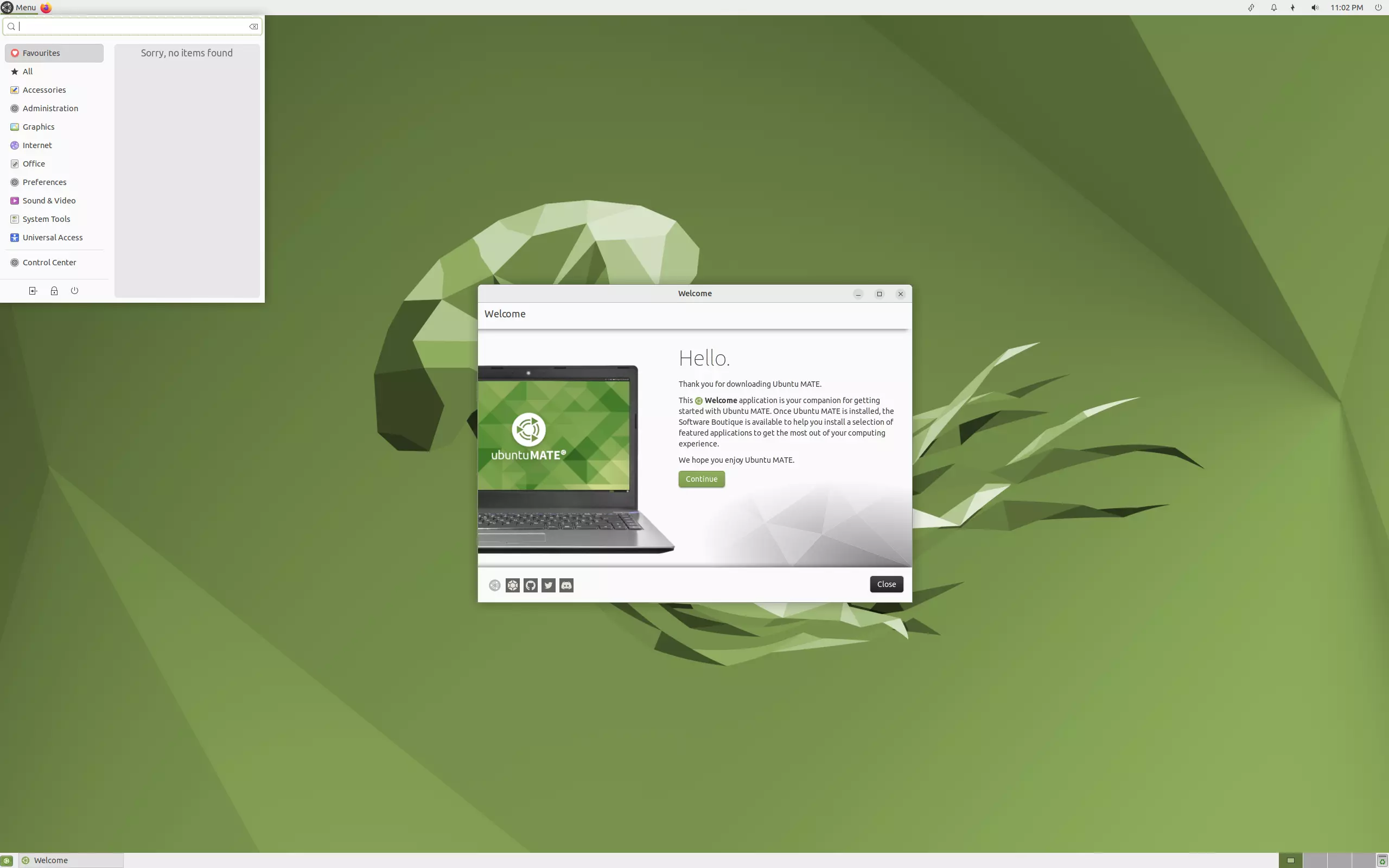
Ubuntu Mate is the best and most lightweight Ubuntu variant for laptops, based on the Gnome 2 desktop environment. Its main motto is to offer a simple, elegant, user-friendly, and traditional classic desktop environment for all sorts of users. Ubuntu MATE is a proud member of the Ubuntu distro family, and it’s compatible with official Ubuntu software libraries and repositories.
Main Features
- Ubuntu MATE is perfectly fitted for all sorts of modern computers, old machines, and single-board computers.
- It makes modern laptops fast and old computers usable.
- Provides a complete set of desktop applications, including utility software, complete office suite, backup managers, image manager tools, play videos, etc.
- It is good for newcomers because its interface looks like Windows One.
- The MATE tweak tool helps to change the core interface easily.
System Requirement
Minimum
- Pentium M 1.0 gigahertz
- 1 gigabyte (GB) of RAM
- 9 gigabytes (GB) of available space on the hard disk
- Bootable DVD-ROM drive
- Keyboard and mouse (or other pointing devices)
- Video adapter and monitor with 1024 x 768 or higher resolution
- Soundcard
- Speakers or headphones
Recommended
- Core 2 Duo 1.6 gigahertz
- 2 gigabytes (GB) RAM
- 16 gigabytes (GB) of available space on the hard disk
- Bootable USB flash drive
- Keyboard and mouse (or other pointing devices)
- 3D capable video adapter and widescreen monitor with 1366 x 768 or higher resolution
- Soundcard
- Speakers or headphones
Honorable Mention
Some Honorable Mentions of Best Linux Distros for Laptops are given below:
- Pop!_OS
- Peppermint OS
- MX Linux
Finally, Insights!
Normally, a traditional laptop comes with resources and hardware limitations. If anyone wants to use a Linux distro on a laptop, the main focus should be to use a lightweight distro without compromising software limitations. so that maximum power remains intact to do other productive work rather than consuming it by OS itself.
Here, all the above-discussed distros are very lightweight but fully compatible with modern laptops and old hardware machines.
Now, it’s time to decide which one you like from this list of the best Linux distros for laptops. Have you used any of them? Let us know your experiences and suggestions in the comments below. Share this content with your friends and family who are interested in using Linux on their laptops.

POP! has issues with updates. Especially with the POP! Shop. It’s said that it’s great fore gaming, but I found that this wasn’t really the case. Games work on it, yes, but games work on other distros as well, some of which aren’t even marketed at gamers.
Zorin is great all-around. Nothing bad to say about it, but it’s also not especially gaming-friendly. Beyond that, it’s good looking and rock-solid.
Mint was great ~8 years ago. It’s nothing but bloat now. They focus too much on the E on not enough on the actual usability of the machine. At this point, they might as well be Ubuntu,
Deepin has next to zero customization. If I wanted to be told how to use my computer, I’d use Windows. Or Apple. Or Ubuntu.
Lubuntu is for lightweight computers. It doesn’t belong on any list of “best distros,” period, much less a list that isn’t specifically about lightweight distros.
Ubuntu MATE is Ubuntu for people who are still stuck in 2012 and don’t like Ubiquity. It’s outdated, outmoded, and not good to begin with. If you want MATE, use Mint. It’s terrible, but better than Ubuntu’s blind stab at it.
MX is the best of this list and, other than Zorin, the only one worth installing. It works very well. Stable, fast, new-user friendly, and has had the best all-around gaming compatibility of any Linux distro that I’ve used,
Which would I use? From this list, MX, then Zorin, If we include the much better options that you overlooked:
KDE Neon -An OS from the developers of KDE, itself. This is for the newest, latest, greatest computers with modern hardware.
Garuda Dr4g0nized – An Arch-based Linux distro with gamers in mind from the get-go. Easy to install, easy to use, even for an ARCH distro. Great looking. If your computer is remotely modern, it will like this.
AntiX – this is a toolkit for linux users. It’s a LIVE USB distro, as well as an installable distro. This particular OS is for computers that are REALLY old (Early P4 and older), or lightweght computers, such as netbooks,
Nobody seems to comment MX Linux, so here’s one from me :-).
I’m using Linux as my daily driver both for work and home. I’ve been doing this for about two years now.
At work I install, maintain and design network and server solutions. Mostly Windows, but also some Linux servers. I changed from Ubuntu to MX Linux this summer to get a more stable environment. I’m really happy with this. MX Linux is snappy, easy to use and rock solid! I’m spending about zero time fixing software issues after the switch and my computer boots up in about 12 seconds.
Which Linux would be best for laptop Dell 3737 – has dual graphic cards (AMD RADEON 8770m) and still problems. Poor video quality (but in Windows is very good). Looking for distro to have simmilar quality of screen in graphics and video playing and sound.
Just wasted 4 hours trying to install Mate, downloaded from the above link. First time from the demo, tried the install option, selected keyboard, WLAN and was presented with the disk format options. Saw too many devices and no decent options for keeping Windows in dual boot so quit and did a backup of my data so that I could just use the whole disk w/o dual boot. Second and successive installation attempts, using various options, never got as far as the disk selection screen. Always just a rotating cursor. F’n pissed me off, really, I have better things to do with my time. Restarted Windows and now going to try a Cinnamon Mint.
I’m surprised by not seeing Elementary OS (Ubuntu based) in the list. I’ve been using that for probably 3-4 years now and it’s been really good.
Mint 19 is slow as a 3 legged dog. Mint 17 took 20 seconds to boot to login screen, Mint 19 takes 1:10minutes. Starting up firefox went from 3 seconds to 8 seconds. Timeshift, systemD and Flatpak integration may have caused the bloat in Mint 17, dunno, but I am giving up after 4 years of Mint and going to another distro. Best of luck to the Mint team.
Linux Lite is the best.
Running Linux Mint Cinnamon 19.2 on an eight year old Dell Latitude E4310 with 4 GB / 120 GB SSD. Runs like a dream, faster than Windows. Took a while to set up with docking station and internal / external monitor/TV, but now it’s “Mint”. 😉
But do they hibernate? I used to have Mint (18, I think) with Mate and it was fine but I thought I should upgrade. Clean hard drive, fresh install of Mint 19.1 Mate, and everything is nice EXCEPT I can’t hibernate! It’s a laptop, surely hibernate is a requirement! I have to shut it down to get on the bus or whatever, it might be a while (days in some cases, depending on what I’m at) before I come back to it. Not good if the battery dies.
Mate 18.04.2 horrible destop icons that do not shrink correct
using xubuntu right size desktop icons
low resource
KDE Plasma has become a lean, mean desktop environment. OpenSUSE Argon and KDE Neon are some good choices.
Totally agree with Deepin 15x. I use it also and really like it a lot. It has been very stable and ever since 15.6 has become much less resource intensive.
Another distribution that works well on laptops is Ubuntu Budgie. It’s fast and polished. Ubuntu has done a fantastic job with their implementation of the Budgie desktop. I like it more than Solus.
Linux Mint Cinnamon surely does NOT deserve rank 2!!
Its default install hides away any scrollbars (as if they were taking up too much space on a 4K screen), so you have always to push your mouse around to have a clue how much content there is. Standard UI actions are too used to be used by Mint. Click in the scrollbar, and you get hundred pages down, not pagewise scrolling like it is used to be !! (Hey we’re sooooo cool, we do it our way !)
Cinnamon is really full of memory leaks. After 2~3 hours, if have to restart cinnamon, otherwise I have a stall of up to 15 secs, then max.5 secs, untill the next stall stops me from being “productive”.
Not really convincing. My 30 year old Ultra-80 is running now with an uptime of 8 years, with no such hassle, and I am logged in all the 8 years…. (And thats on sub-GHz !! and just 4GB RAM !!!)
Your comments are great, but as someone looking to figure out what I should install on this POS, you offer nothing as to the answer we most are here for, what is the best distro for a laptop??? BTW you still running Solaris 2.5.1 on that Ultra-80? 🙂
What distro would you suggest for a laptop and why as i am truly interested?
Guys, if we discus a choise for a common laptop (not high-end hardware stuff), then the ulimate way, I’d say, is ubuntu-based X-DE (Mint xfce, Lite, Xubuntu). Especially, for Asus Eee and X-models. All the other DEs described$oferred above in the article might be rather heavy for a laptop. Even Ubuntu Mate the latest LTS, not to mention Deepin, Mint Cinnamon or Zorin.
The new Deepin 15.7 is optimized for laptop,have a look!
You can choose what you like. I configured once this 130e. I installed also an SSD on this machine. Works well. The only thing was the power consumption. But thats was a common issue on this machine. So when you use an SSD and and ligthweight OS 32 bits, the system has less to do ….. Don’t forget the new KDE plasma 5.13 to try!
Which one of these distros recommended for AMD based machines? Please guide. I have Lenovo X130e AMD E450 CPU.
Thanks for the comment. You can try Linux Mint Cinnamon and Ubuntu Mate. Both are very good and compatible for Laptop machine.
I have a Think pad T460 a me it struggled to run Cinnamon. I ended up installing eithee MATE or Xfce. I can’t recall which.
I’ve been using Lubuntu w/XFCE interface on my Asus Eee for the past few months. Lxce has some severe limitations, but when I checked the memory of XFCE vs LXCE there was only a slight difference and the impact was also gentle.
On my Asus Eee you need as many resources as possible so I’ve finally found the balance between performance and usability. (I tried DSL, and Puppy, and they too was far too limited.)
why not use Xubuntu at once than downloading Lubuntu then go on to install XCFCE on top of it
I DUAL BOOT WITH PEPPERMINT OS7 AND UBUNTU MATE. SARTED WITH MINT 13. I LOVE ‘EM ALL!
I’ve been using Mate for the past 6 months with great joy. In my office machine, with an i3 processor and a 1TB HDD, It works smoothly and so in my Core 2 Duo personal laptop.
And I’ve installed it in two other family members laptops.
Nice to hear that. Thanks for the comment.